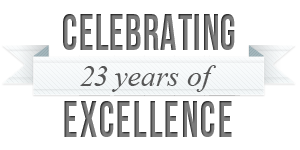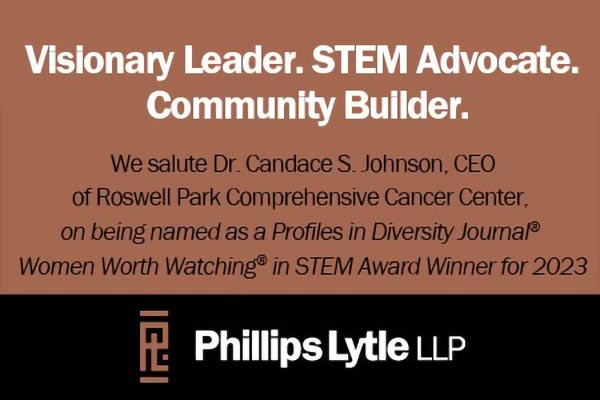LAWYER COMBINES SCIENCE AND THE LAW
Dr. Anita Meiklejohn has always been interested in science. For the past 15 years, she has been a powerful force behind the scenes in the multi-billion dollar pharmaceutical and biotech industry.
As a patent attorney, her scientific knowledge and business savvy enables her to advise clients on whether they can move ahead with their plans, such as developing a new drug, without infringing the patents of other inventors or companies. Meiklejohn brings to the table the right mix of experience and confidence to assist her clients with sound decisions in longterm, high-stakes processes.
She has prosecuted patent applications in all areas of molecular biology and biochemistry including genomics, proteomics, polymorphism identification and analysis, recombinant nucleic acid and protein products, immunology including engineered monoclonal antibodies, transgenic animals, virology and vaccines. Key among her areas of expertise are inventions involving cell surface receptors, transcription factors, immunoassays, cytokines, nucleic acid probes, AIDS therapies, molecular design and modeling of drugs, rational drug design, and the use of combinatorial techniques in drug screening.
What she finds most gratifying and exciting about her work at Fish & Richardson is helping a client develop a sound and secure IP portfolio and then seeing those patented drugs or therapies being used to profoundly improve the quality of, or even help save, individual’s lives.
In the words of Dr. Anita Meiklejohn:
How can the world increase diversity in STEM fields?
“Encouraging an interest in science at a very young age is vital. Schools are doing this, but parents are important.”
How is the world changing with respect to STEM?
“There is a real ebb and flow. For the last 15 years, science and technology have increasingly been seen as a hip profession. More recently there has been a bit of dismissal of science in the political realm. Fortunately, in reaction to this, scientists are starting a find their voice in the public realm and I think this is an important development.”
What can be done to move women forward in STEM?
“Women in STEM have a responsibility to be visible and advocate for the importance of science, not just within their profession, but also in the larger community. Get out. Get involved in things you care about and be proud. Within your profession take the time to help the most junior women.”
Where do you see women in STEM in five years?
“I see women moving far in the next few years. The women coming out of school now are energized and less weighed down by outdated gender-based expectations. Women tend to second guess their abilities and chances for success. Maybe it is better not to overthink the challenges.”
Words I live by:
“Death before decaf.”







